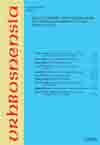
We kindly inform you that, as long as the subject affiliation of our 300.000+ articles is in progress, you might get unsufficient or no results on your third level or second level search. In this case, please broaden your search criteria.

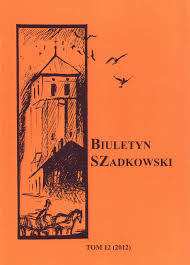
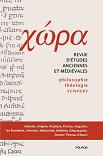
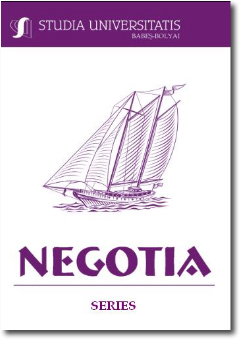
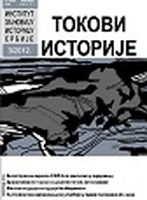
The paper aims to show, using the Peasant Alliance as an example, the stance of the Communist Party of Yugoslavia on bourgeoisie political parties that due to foreign or domestic policy reasons were accepted into the National Front and the differentiation that occurred within the leadership of Peasant Alliance mostly instigated by the activity of the communists themselves.
More...
The article analyzes the unsuccessful negotiations on the formation of six out of eight planned joint-stock companies on the basis of relevant literature, published and unpublished Yugoslav and Soviet sources. It presents the course of the negotiations from the first Yugoslav initiatives made at the end of 1944 up to abandonment of the idea in April 1947. Basic characteristics of the negotiations and the contested issues dealing with the specific companies are given.
More...
The paper researches the attitude Yugoslav feature films and television series had towards the phenomenon of economic emigrants from Yugoslavia for the period 1970–1980. Special attention was paid to the way the Yugoslav film industry constructed the character of the guest worker and how the key problems of the guest worker’s life were depicted on film and in television series. The research is based on the hypothesis that film reflects not only the personal stance of its author but also the stance of the general public which justifies the need for this kind of sources to be analyzed.
More...
The article undertakes the contextual and theoretical analysis of “reactionary modernist” features present in the works by two German scientists who moved to Serbia in the wake of the First World War: Čujte Srbi (1928) by Archibald Reiss and Crnogorski čovjek (1934) by Gerhard Gesemann. Both authors juxtaposed Serbo-Montenegrin patriarchal communitarianism and warrior mentality with the adoption of Western-oriented individualism and the modernization-imbued progressive view of history. The peculiarity of these two texts lies in the secularist evaluation of Serbian religiosity, conservative stance towards gender relations and the reexamination of the national identity construction and Serbo-Montenegrin state-building projects. As antimodernist writings, they reinvented Balkan traditions as an alternative source of regeneration for the decadent interwar political and social system (with the significant difference that Reiss believed in the rectification of modernist mistakes, whereas Gesemann explicitly perceived the social system he studied as ancient).
More...
The paper examines change of East and West representation in Yugoslav daily newspapers Politika and Borba during the conflict between the Communist Party of Yugoslavia and Cominform 1948–1949. It researches the political functionality of the radical change in representing the image of the world and analyzes the roots of the Yugoslav self-perception of uniqueness of its own road to socialism.
More...
The paper analyzes the writing of La Stampa, the daily newspaper with the second largest circulation in Italy, on the Yugoslav Prime Minister and Minister of Foreign Affairs Milan Stojadinović in the light of Italian-Yugoslav relations. The paper follows the writing of the Turin newspaper from the formation of Stojadinović’s government (June 1935) until the resignation of the cabinet (February 1939).
More...
The aim of this paper is to reconstruct how the outbreak of the Second World War was perceived by its contemporaries, what their projections, analyzes and perspectives were by analyzing the articles published in the Belgrade periodical press.
More...
This overview paper shows how the stance of the Communist Party of Yugoslavia (CPY) developed until it accepted the Leninist position on the alliance of the proletariat and the peasantry (peasant question), considered by the Comintern to be a truly scientific-socialist stance, and it presents the party’s view on both agrarian reform and peasant ownership of land in general in Yugoslavia in the interwar period (the agrarian question).The primary sources used were CPY sources, limited to the documentation of the party’s central organs (published congress and conference documentation, CC of CPY announcements, articles by party functionaries, brochures and other propaganda material). The paper indicates the key turning points in CPY’s policy on the agrarian and peasant questions and a visible lack of practical results of the party’s activity in rural areas in the observed period. The tactical side of the party’s policy is also shown: in the domain of the peasant question (it expressed solidarity with the poor peasants attempting to attract their political support); in the domain of the agrarian question (CPY tactically omitted to clearly present its agrarian program).
More...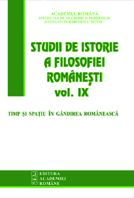

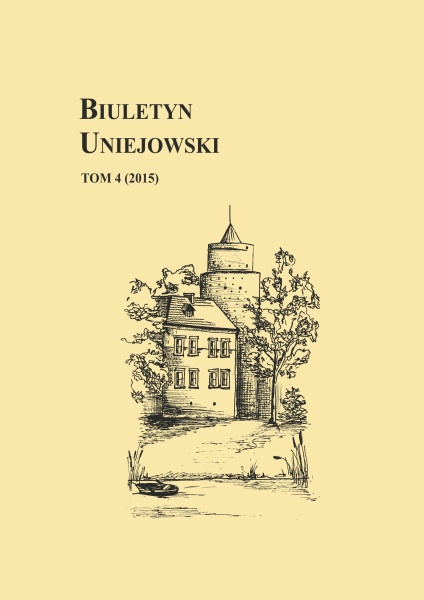
During the historical development of urban-type human settlements, spaces of public and private use have evolved. Public space, as an expression of social life as well as cultural and functional transformations, is an intrinsic element of the spatial structure of the city. Contemporary Uniejów had developed on the basis of two centers, located on both sides of the Warta river: a market settlement and medieval town on the right bank, and a castle on the left bank. The development of the public space system of Uniejów can be divided into three stages, which illustrate the evolution of relations between the town and the castle, and changes of the town’s functions. Amplification of recreational, cultural, touristic, and (currently) health resort functions created a strong stimulus for development of the public space network, which has now assumed a more complex form – a multi-knot and multi-axis network-type structure. This network is the main public space of Uniejów.
More...
Smoking tobacco was very popular in the 18th century among all social groups. The custom of smoking in company was also noted in municipal books from the Old Polish period. Several entries in municipal records from the year 1763 address a dispute over a pipe with tobacco. A group of representatives of local elite gathered in a house of one of the burghers. The mayor of Uniejów smoked a pipe borrowed from a merchant of Zduńska Wola. The merchant demanded that he return the tobacco, and disrespectfully dismissed the offer to pay for the tobacco, whereupon the irritated mayor slapped him on the face. A fight ensued, in which both of them sustained numerous wounds and bruises. The mayor was sentenced to a week’s imprisonment. This scene reflects the mentality of those times, i.e. impulsiveness of hot- tempered burghers in resolving even such minor disputes.
More...
The aim of this work is to assess land use on flood hazard areas in Uniejów in respect of potential negative consequences for the environment, cultural heritage, economic activity and people. The area examined is a flood hazard zone where flood risk is 1% (medium level). The land use was analysed using the topographic database and land inventory. The assessment of land use on the areas exposed to floods is related to the concept of flood risk, which means the combination of the likelihood of flooding and related potential negative consequences for human health, the environment, cultural heritage and economic activity. Land use on the areas exposed to floods in Uniejów was found to be correct because open spaces dominate, allowing the flow of flood waters.
More...
The castle of Gniezno archbishops in Uniejów was, after the first extension carried out around the mid-15 th century, one of the largest and most interesting castles of the late Middle Ages in central Poland. 15 th century sources mentioning the Uniejów castle are very scarce – just short notes in archbishops’ and consistorial records and in the registers of the Gniezno chapter. They mostly refer to administrative matters of the Uniejów castle or provide information about events that took place at the castle. Due to the attractiveness of the castle as place of residence it was often visited by archbishops during their journeys, while its defensive value made it a perfect place for keeping the treasures of the Gniezno chapter.
More...
A river valley is a an element of topography and at the same time a set of various ecosystem, dependent on water conditions and functionally interconnected. Valleys had very important influence on settlement development and now delimit spatial layout of villages. This paper presents location of seven villages in the landscape of Warta river valley in vicinity of Uniejów and their spatial changes in 20th century. All villages were located within the wide valley bottom, on the surface of river terrace accumulated in plenivistulian period and built of sand and gravel, beyond extend of food water. In 20th century spatial extend of villages underwent only minor changes, in the main Spycimierz and Człopy.
More...